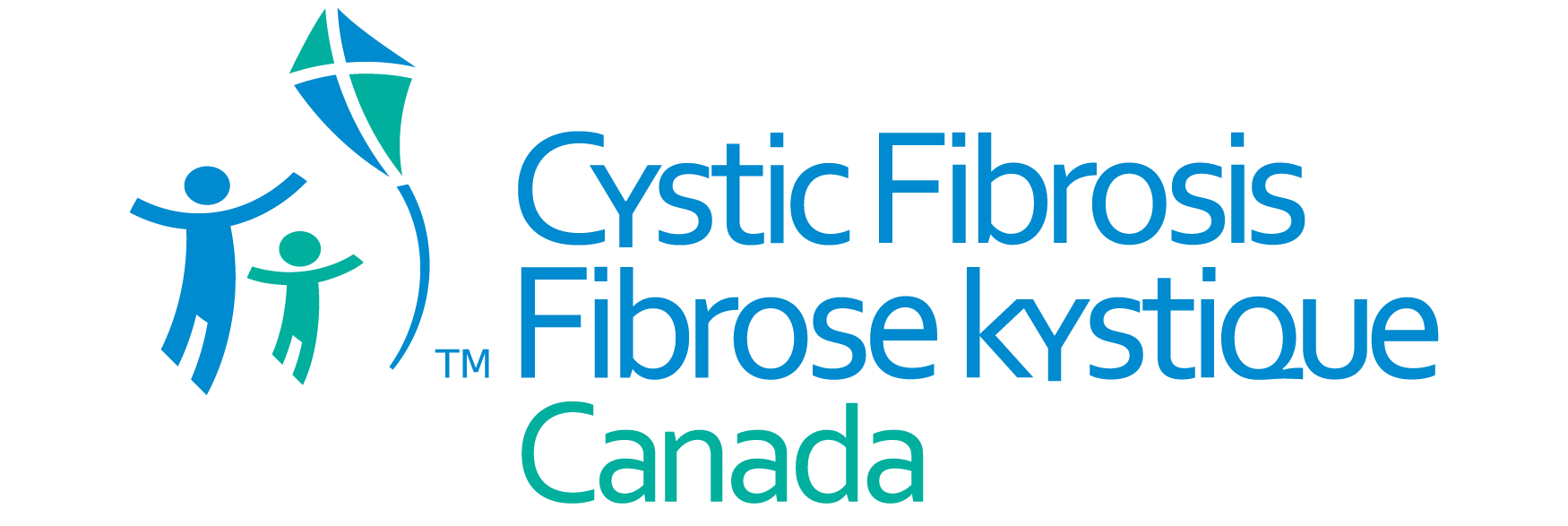Health and wellness when living with CF
Taking care of yourself both physically and mentally is crucial to maintaining overall health, especially when living with a chronic disease like cystic fibrosis.

Maintaining health and wellness
In addition to attending your CF clinic and following airway clearance and medication regimes, exercising regularly, maintaining a healthy diet, taking care of your emotional well-being and avoiding illness are all a part of maintaining health and wellness.


Physical activity and exercise
Physical activity and exercise are recommended for everyone, but for people who live with cystic fibrosis staying active is even more important. Exercise improves cardiorespiratory fitness, muscle mass, muscle strength, body image, lung function, emotional well-being and more. Your CF clinic/healthcare team will recommend exercises and activities that best suit your needs and health condition.
Explore CF Canada's Exercise GuideWhat type of exercise should I do?
Cardiovascular, strengthening and stretching exercises form the three major components of a balanced exercise program. Cardiovascular exercise (also known as aerobic exercise or endurance training) involves moving the larger muscle groups to increase a person’s heart rate for a prolonged period. This form of training is generally performed at a lower intensity. Some examples of cardiovascular exercise include fast-paced walking, jogging, running, swimming, cycling and aerobic classes.
Strengthening exercises (also known as resistance or weight training) involve applying load to the muscles to make them stronger. This involves using some kind of weight or resistance, e.g. dumbbells, resistance bands or machines, or even a person’s body weight.
Both cardiovascular and strengthening exercises have the added benefit of increasing ventilation and opening clogged or collapsed airways, allowing mucus to be loosened. If this is combined with airway clearance therapy, then the mucus can be transported up the airways to be cleared.
Stretching exercises (also known as flexibility training) help to increase the range of motion of the muscles and joints. They are commonly performed after exercise to help minimize the chance of soreness and muscle injury. They may also be useful as part of a postural program to correct muscle imbalances that are common in people with cystic fibrosis.
Some types of exercises that fall into these categories might include Pilates, yoga, swimming, jogging / walking and more.
Contributions from Erika Szego and the Canadian Physiotherapy Group
Hydration
Keep in mind that staying hydrated during vigorous exercise is important for everyone but is even more important for people with cystic fibrosis. Here’s some additional information about the importance of staying hydrated.
Preventing Dehydration in CF
Mental health
Mental health is a key component of health and wellness, especially for individuals with a chronic disease. Learn more about the importance of mental health and resources you need to identify and address mental health concerns.
Learn more
Maintaining a healthy diet
People with cystic fibrosis should have a balanced diet although many will require more energy (calories), to maintain a healthy body weight. For some people with CF, it can be very difficult to maintain a healthy weight. Having CF can increase the body’s energy needs by 150-200% or even higher if lung function drops or if the body is fighting an infection (Cystic Fibrosis Trust).
Good nutrition begins at birth, continues throughout the lifespan and is important at all ages. A well-balanced diet with adequate salt, fat and extra vitamins gives the body what it needs to function at its best with CF. Dietary needs will vary according to age, weight, height, symptoms, lung function and activity level. Your CF clinic healthcare team (dietician) will work with you to ensure you get the nutrition you need. People with CF on CFTR modulators such as Trikafta may have different nutritional needs than others with CF. It is important to speak with your CF care team, especially your dietitian, to understand how being on a highly-effective modulator may impact your nutritional needs.
Canadian guide to nutrition and CF
In collaboration with Canadian CF dietitians, CF Canada has a guidebook on nutrition and cystic fibrosis, including nutrition guidelines and recipe ideas!
Canadian Guide to Nutrition & CF (For accessible version please email us at info@cysticfibrosis.ca)
Nutrition and CFTR modulators
Are you or your loved one taking a CFTR modulator (like Trikafta) for your CF? Nutrition is an important component of CF care, but it can be a challenge to know how to balance your nutrition while starting a new medication.
See our helpful nutrition and modulators tip sheet for how you can fuel your body, what changes you may experience in your body, and what foods are best paired with a modulator.
RESOURCE: Nutrition and CFTR Modulators
Avoiding illness and infections
Germs and infections
People with CF should not be around other people with respiratory diseases, specifically to avoid the spread of lung infections from one person to another. The faulty gene that causes cystic fibrosis disrupts the normal flow of salt and water in and out of the lungs and other organs. This salt imbalance results in thick, sticky mucus that builds up in the lungs, allowing germs to thrive and multiply (Cystic Fibrosis Foundation).
Infections among people with CF can spread through contact and can cause infections leading to lung damage and more. People with CF should stay at least 6 feet away from other people with CF at all times. This reduces the chances that harmful bacteria will spread from one person with CF to another.
Below we have some information about germs and infection control.
Check out the Cystic Fibrosis Foundation resource on why some germs are particularly dangerous for people with CF.
Canadian infection control policy
Cystic Fibrosis Canada developed an infection control policy for Cystic Fibrosis Canada hosted/sponsored meetings. Please note that this policy applies to all individuals with CF, including those who have undergone lung or liver transplant.
Read more about the infection control policy. (Currently under review.)
CF infection prevention and control policy – frequently asked questions.
Hand hygiene
The best way to prevent the spread of germs (bacteria and viruses) and prevent infections is to remove or kill harmful bacteria by washing your hands frequently. When washing hands with soap and water, wet your hands first with water and then apply soap. Rub your hands together vigorously for at least 20 seconds, covering all surfaces of the hands and fingers. Rinse your hands with water and dry thoroughly using an air dryer or a disposable paper towel. Use paper towel (or your sleeve) to turn off the faucet. Examples of when you should wash your hands include:
- Before eating
- After using the bathroom
- After coughing, sneezing, blowing or wiping your nose
- After contact with body fluids
- After petting animals
- After being in contact with a sick person
- After being out in public, touching surfaces (e.g. doorknobs, public transportation, etc.)
Cough hygiene
It is important to remember that proper cough hygiene is crucial to prevent the spread of germs. Do the following to prevent spread of germs:
- Cover your mouth and nose with a tissue when you cough or sneeze, then place in waste basket
- If you don’t have a tissue, cough or sneeze into your upper sleeve
- After sneezing it is always important to wash your hands
Cleaning Nebulizer and Airway Clearance Equipment at Home
To prevent infections caused by contaminated equipment used in the home, medical equipment should be cleaned and disinfected regularly. Check out the resource for tips and tricks to cleaning your nebulizer and airway clearance equipment.
Vaccinations
Talk to your CF clinic about immunizations that are highly recommended for people living with CF (including but not limited to the seasonal flu shot).
Given the already heavy health burden on people with cystic fibrosis, we believe it necessary to shelter people with cystic fibrosis in Canada from any additional risks that could be caused by COVID-19 related infections, and that people with cystic fibrosis should be prioritized for vaccination.
